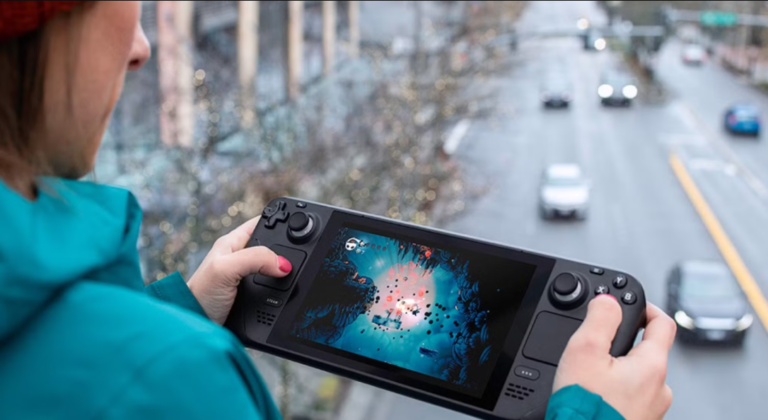Behind the Scenes: How Game Developers Create Immersive Worlds
Game developers operate in a complex landscape where creativity intersects with technology. They start with conceptual blueprints, outlining themes and narratives. Visual environments are crafted with precision, utilizing advanced tools to create immersive experiences. Dynamic elements are integrated to enhance realism, while continuous feedback loops shape gameplay. Each stage is critical, as it determines how players engage with the virtual worlds. The meticulous process reveals layers of innovation that warrant deeper exploration.
Conceptualizing the Vision: From Ideas to Blueprints
In the realm of game development, the initial spark of creativity often transforms into a meticulously crafted blueprint, serving as the foundation for immersive worlds.
Idea generation thrives through brainstorming sessions, where diverse concepts are explored. Ensuring thematic coherence, developers weave these ideas into a unified vision, guiding the artistic and technical processes.
This synergy fosters engaging narratives that invite players to explore boundless possibilities.
See also: Augmented Reality Games: Blending Real and Virtual Worlds
The Art of World-Building: Crafting Visually Stunning Environments
Crafting visually stunning environments requires a delicate balance between artistic vision and technical expertise.
Game developers employ environmental storytelling to breathe life into immersive landscapes, where every detail contributes to the narrative. From vibrant biomes to desolate ruins, each element invites exploration, allowing players to uncover hidden lore.
This intricate artistry not only captivates the senses but also enhances the overall gaming experience.
Integrating Technology: The Role of Game Engines and Tools
While the artistry of world-building lays the foundation for immersive gaming experiences, the integration of advanced technology through game engines and tools is what truly brings these virtual realms to life.
Game engine features like dynamic lighting, physics simulations, and AI-driven interactions enable developers to craft intricate environments.
Development tools streamline workflows, allowing for creative experimentation and rapid prototyping, ultimately enhancing player engagement and exploration.
Playtesting and Iteration: Refining the Player Experience
The intricate worlds built by game developers are only as engaging as the experiences they offer to players.
Through meticulous playtesting, developers establish feedback loops that illuminate player engagement. Iteration becomes essential, allowing designers to refine mechanics and narratives based on real-time reactions.
This ongoing process ensures that the final product resonates deeply, fostering an immersive environment where players feel a true sense of freedom.
Conclusion
In the grand tapestry of game development, where every pixel and polygon serves a purpose, one might ironically find that the most immersive worlds emerge from a delicate balance of chaos and order. While developers toil tirelessly behind screens, crafting intricate narratives and lifelike environments, it is the players—those blissfully unaware wanderers—who ultimately breathe life into these realms. Thus, the irony lies in the fact that the creators, while masterfully orchestrating every detail, often become mere spectators in the worlds they’ve built.




